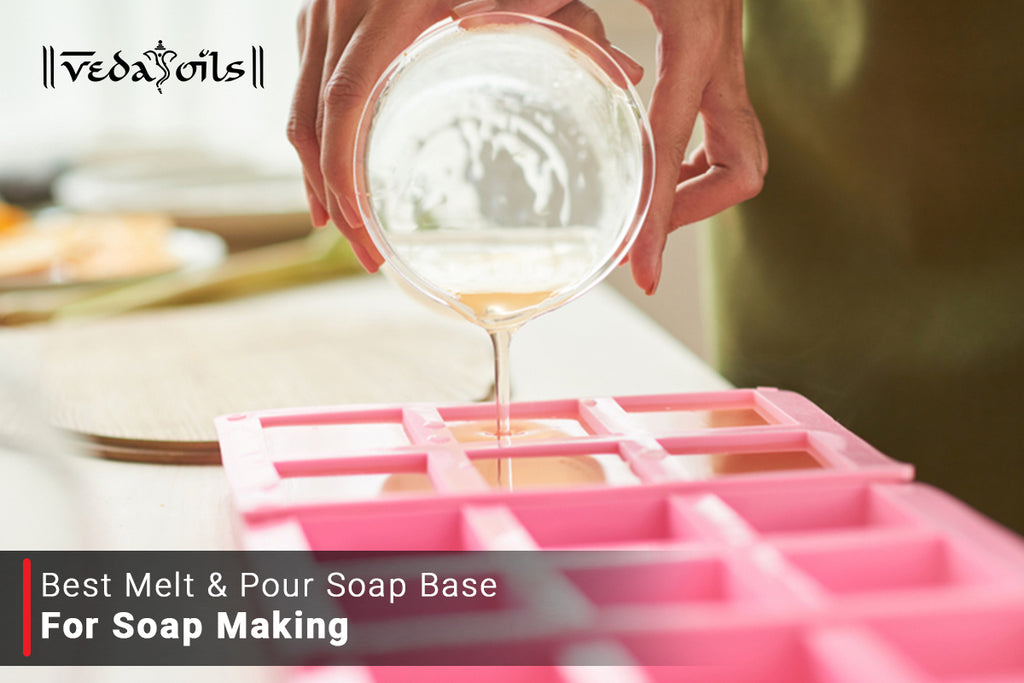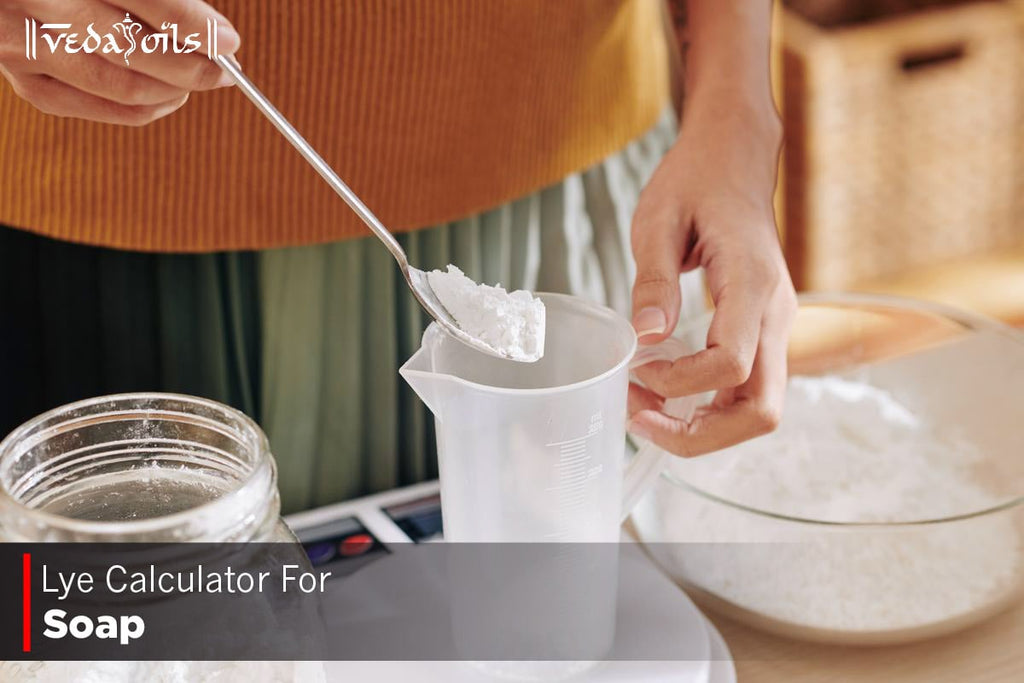Let's go back to the lap of nature, with the recipe of skin-nourishing homemade soaps that are unmatched by any chemical-based product. Soap making at home without lye recipe provided in this blog is not only organic and healthy but also assures purity for you and your loved ones to blow your mind these recipes of DIY soap bars are very easy to make and lovely to use.

Is the craft of soap making, however, intimidating? This is where the homemade melt and pour soap-making approach comes into play. While creating soap from scratch might be time-consuming, molding these lovely little bars is as simple as following a straightforward recipe. You can add color, scent, and shape a clear melted soap base as desired, and they're ready to use at home or present as gifts. Melt & pour soap making at home is an excellent way for newcomers to get their feet wet in the bubbly world of soap making.
Soap Making Ingredients You Should Know About
These are some basic ingredients that we required to make soap bars at home. All of these ingredients make your soap-making easier at home. You Should Know little about all of them so that you can choose what you want without wasting time. Let's dive into it.
Melt & Pour Soap Base
When it comes to choosing a melt and pour soap base, you have various possibilities. An excellent place to start is with the Melt and Pour soap bases that we've listed below. They're easy to make, detoxifying, and customizable. Brighter colors can be made using the transparent base, while pastel hues will be used on the white base. You can also use bases with shea butter, goat milk, or aloe Vera as supplements.

Transparent Melt & Pour Soap Base
This is a base for preparing homemade melt and pouring soap. It's the best raw material for homemade soap or even large-scale soap manufacturing. It's extensively used to make clear hand soap, craft soap, and natural essential oil soap in cosmetics. Transparent Melt & Pour soap base is generally used at home to make decorative soap bars. It is excellent for both adults and children.
Glycerin Melt & Pour Soap Base
The glycerin soap base is ideal for soapers looking for a high-quality soap base with a low melting point for creating designer soaps. It also doesn't harden rapidly, allowing time for more creativity. It's made using the best vegetable oil extracts available. Generally, There are no SLS, SLES, or parabens in this product. Natural emollient glycerin pulls moisture from the air to promote skin health.
Clay Melt & Pour Soap Base
Clay Melt and Pour Soap Base are formed from mineral-rich clays found in nature. Because clay soap bases are high in clay granules and natural oils, they help to rejuvenate skin and hair. They improve the texture of the skin and help to regulate excess oil. They also function as a light exfoliator, removing excess oils and impurities from the skin.
Fragrances For Soap
You Can add fragrance to your homemade soaps by using Fragrance oils or essential oils. These can be used to fragrance your soap. 9 ml of fragrance per half kg of soap making at home is a common usage rate. Online Fragrance Calculators can help you find light, medium, and strong scents. It's crucial to utilize fragrances that are gentle on the skin, and produce no side effects. Skin-safe fragrances for potpourri, crafts, and candles may not be skin-friendly.

Essential Oil
Essential oils will undoubtedly improve the quality of your handcrafted soaps. Even a small amount of highly concentrated oil will have a significant impact on the final result! Some oils, such as tea tree oil, can work as a natural deodorizer, while others, such as peppermint essential oil, can speed up the saponification process. Others are known to have antibacterial qualities, which will help keep your soaps clean. All essential oils can provide a beautiful aroma to your soaps.
Fragrance Oil
The choices are unlimited when it comes to scenting handcrafted soap with fragrance oils. There are so many wonderful scents to pick from that it might be difficult to decide. Fragrance oils are made of synthetic materials. Aroma chemicals and natural materials like essential oils, extracts, and resins are used to make them.
Glycerin In Soap Making

In soaps, glycerin is used as a humectant. In other words, glycerin aids in the maintenance of your skin's own moisture in order to prevent it from the damaging effects of dryness. Humectants like glycerin, instead of forming a barrier, allow your skin to breathe.
Soap Molds

To avoid melting when pouring in hot soap, select a mold that can take greater temperatures. It should also be flexible enough that the bars may be easily unmolded. For melt and pour, we recommend silicone and plastic molds. Silicone soap molds are easy to use & low maintenance. You can get as creative as you want with the shape of your soaps.
Colorant For Soap Making

Homemade soap bars can be colored in a variety of ways. Micas and color blocks are simple to work with and look fantastic in completed bars. Skin-safe soap colorants should be at the top of your list. Food coloring and crayons aren't recommended because they haven't been tested or approved for use in soap. They have a proclivity to change, fade, or bleed.
Soap Making Equipment Required

- A Heat-resistant container—always heat, mix and stir items in glass rather than metal.
- Cutting your homemade soap into smaller pieces requires a bench scraper or a serrated knife. You should also keep some gloves and spare rags handy.
- Scale
- 1 Set of measuring spoons
- 1 Metal whisk
- 1 Large knife
- 1 Rubber spatula
- 1 fragrance oil
- 1 Cavity Soap mold that makes
- 1 Large glass liquid measuring cup
Soap Making Recipe at Home
For beginners, melt and pour soap is a terrific alternative. It's as simple as melting the ready-made soap base, adding your chosen colors and perfumes, and pouring it into a mold. After you've mastered the basics, try out more advanced methods like layers and swirls. Let us learn about the ingredients that go into soap making.

Lavender and Rosemary Homemade Soap Recipe
Both lavender and rosemary have a pleasant aroma and provide a variety of health and cosmetic benefits. Lavender has a calming effect. It's also a strong antiseptic that may destroy a variety of microorganisms.
Furthermore, it can be relaxing and aid in the prevention of permanent scar tissue formation. Rosemary is a herb that is commonly used as a stimulant in aromatherapy to assist stimulate blood flow and circulation. This recipe for homemade soap making is easy & Leaves you with a pleasant smell.
Ingredients:
- 200 g Transparent melt and pour soap base
- 2 tablespoons dried rosemary
- 2 tablespoons dried lavender
- 10 drops rosemary essential oil
- 10 drops lavender essential oil
- Soap coloring (optional)
- Soap mold
- Spritz bottle filled with rubbing alcohol
Steps To Make Soap Making Recipe

- Finely chop the lavender and rosemary. It will be used When the soap is ready, It will be placed on top of it. In the bottom of each soap mold, sprinkle a small amount of rosemary and lavender.
- Cut the transparent melt & pour soap base into small pieces and melt it, in a microwave-safe basin or small pan. The soap base can be melted in the microwave or on the stovetop. To melt in the microwave, heat for 30 seconds at a time until the soap base is completely melted.
- You may also melt it in a pot over low heat on the stove. Continue to whisk until the base has completely melted. After the soap base has melted, transfer it to a liquid measuring cup to make pouring it into the molds simpler.
- Allow the molten soap to cool before using. The aroma of essential oils can be diluted by heat.
- Then, in the basin, add rosemary essential oil. You are free to use as little or as much as you choose. Start with a few drops, swirl them together, and then smell them. You may also make a test bar and set it aside to cool so you can smell it once it's solid.
- Using the same method, add lavender essential oil to the soap base. Begin with a few drops and gradually increase as required. If you wish to tint the soap, add some colorant to it. This is entirely at your discretion. If you leave the soap white, it will still look nice. Mix everything together with a spoon.
- Rubbing alcohol should be sprayed on the mold's underside. Alcohol aids in the removal of air bubbles that could otherwise become caught in the soap. Toss the remaining rosemary and lavender into the mixing basin. Pour the soap mixture into the soap molds gently. You can use whatever mold form you choose.
- Rubbing alcohol should be sprayed on top of the soap.
- Allow at least an hour for the soap to solidify. Pop it out gently and keep it in an airtight container until you're ready to use it.
Precaution
Soap bases begin to melt around 50 degrees Celsius. If melted soap is spilled or splattered on the skin it can really hurt. Hence use heat-safe instruments and handle everything with caution. When working with kids, they should be old enough to be able to hold their own containers and an adult should always be present.
Conclusion
Soap making at home is quite an interesting and fun part, It would become easy with Melt and pour soap making, It could be the perfect answer for you if you want to manufacture soap but are afraid of the processes required in producing it from scratch. Following These Steps to make soap at home is as simple to make as the name implies. Simply melt the pre-made base, add whatever colors, perfumes, and other additives you like, then pour the mixture into a mold and let it set. That is all there is to it. Try for yourself today!.


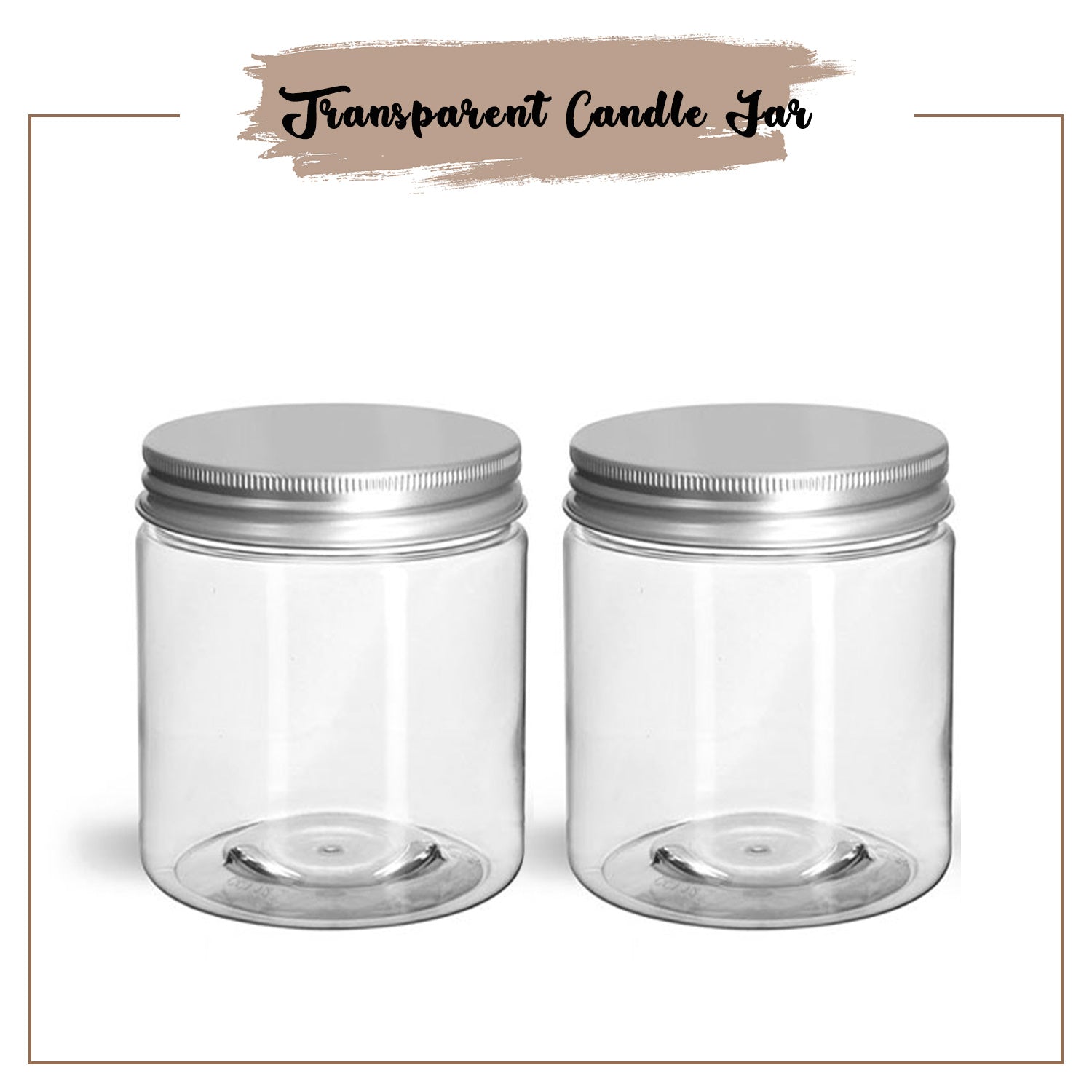

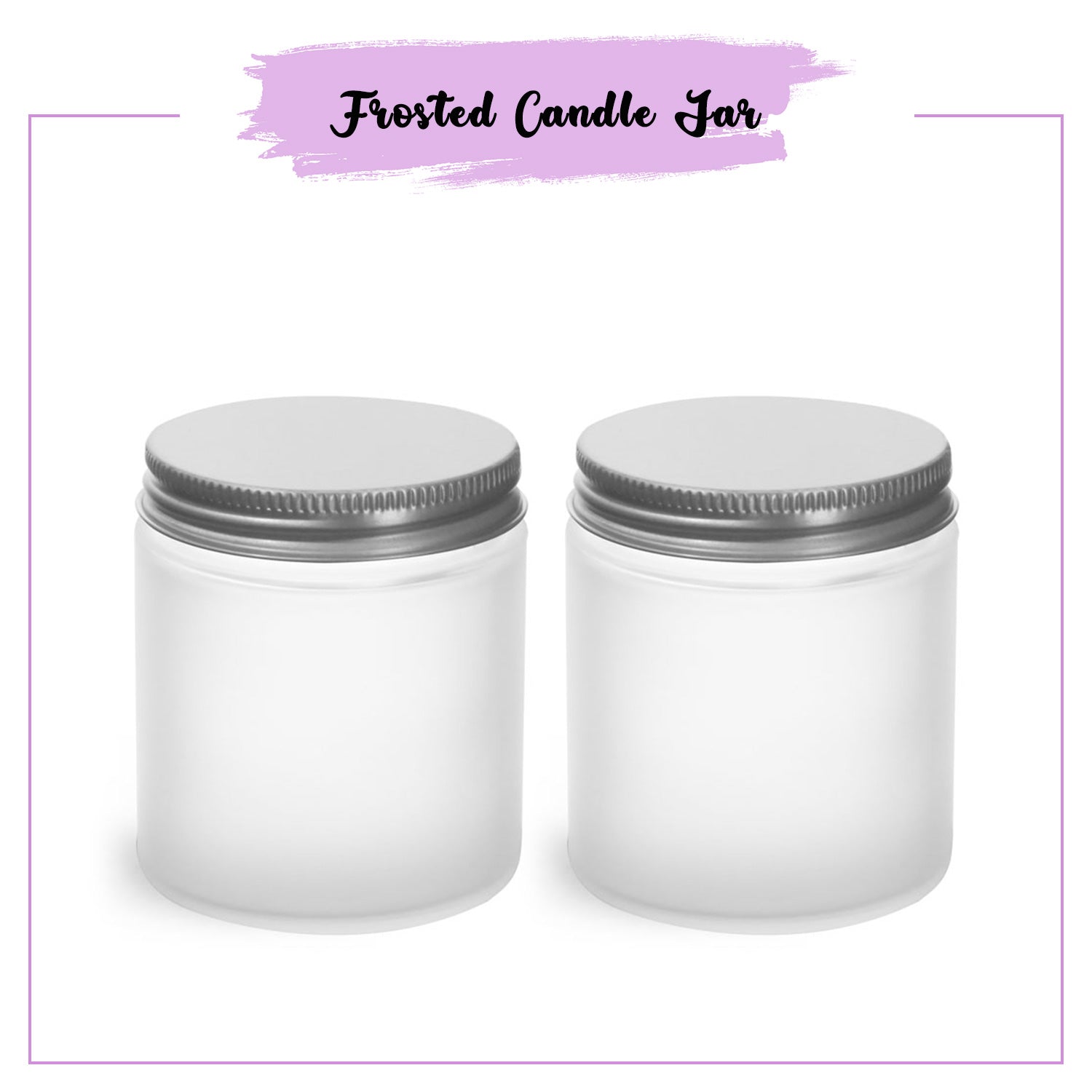

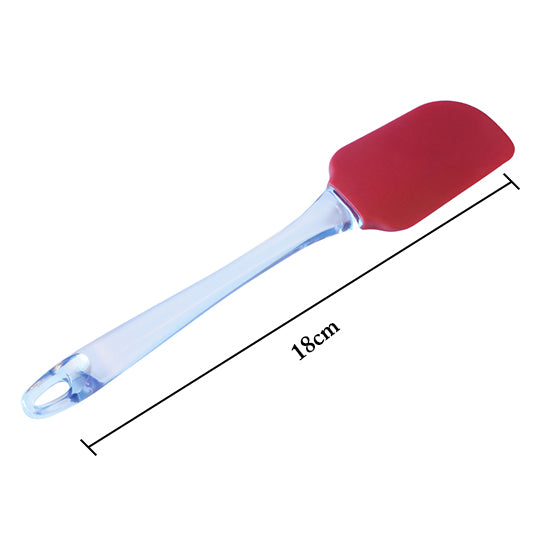

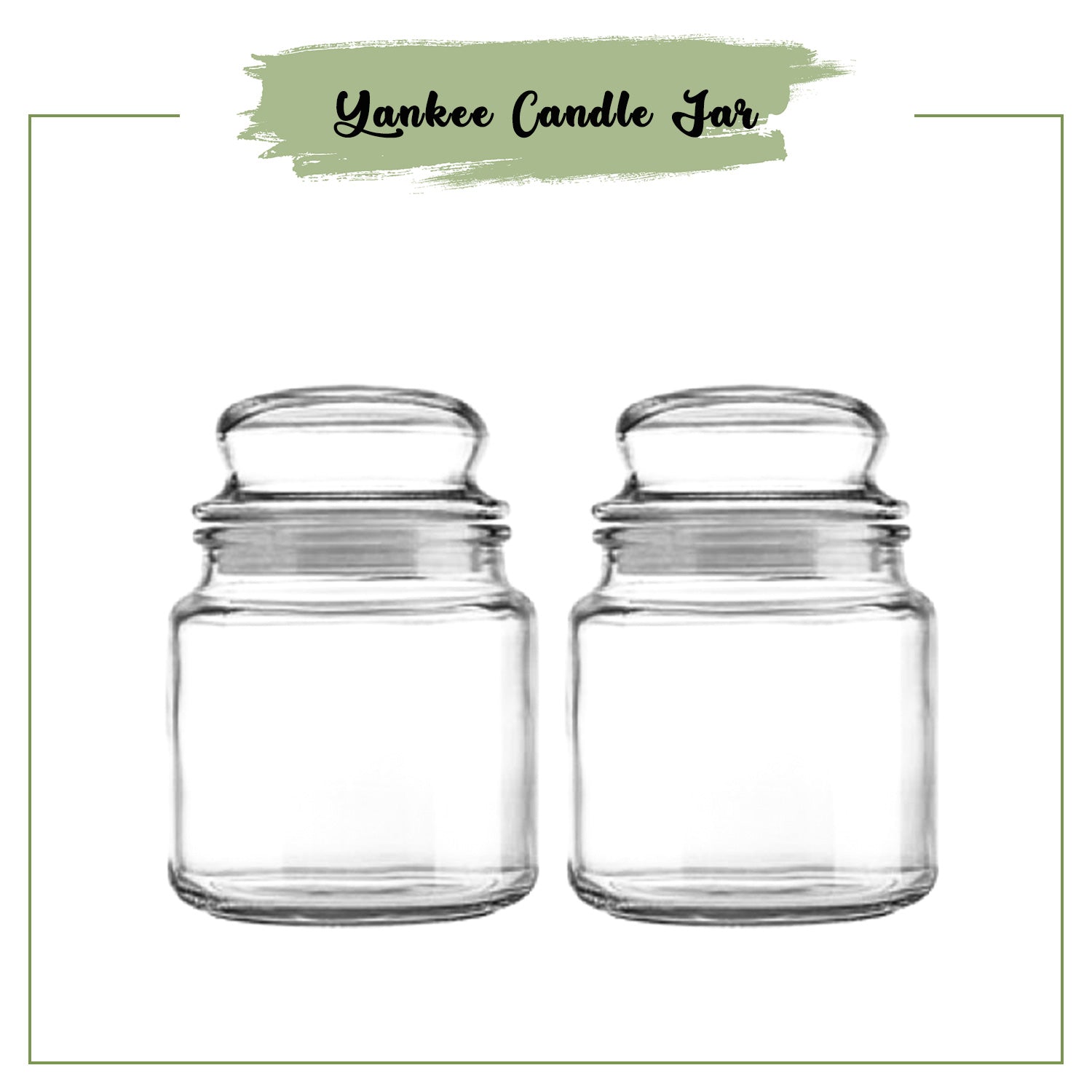

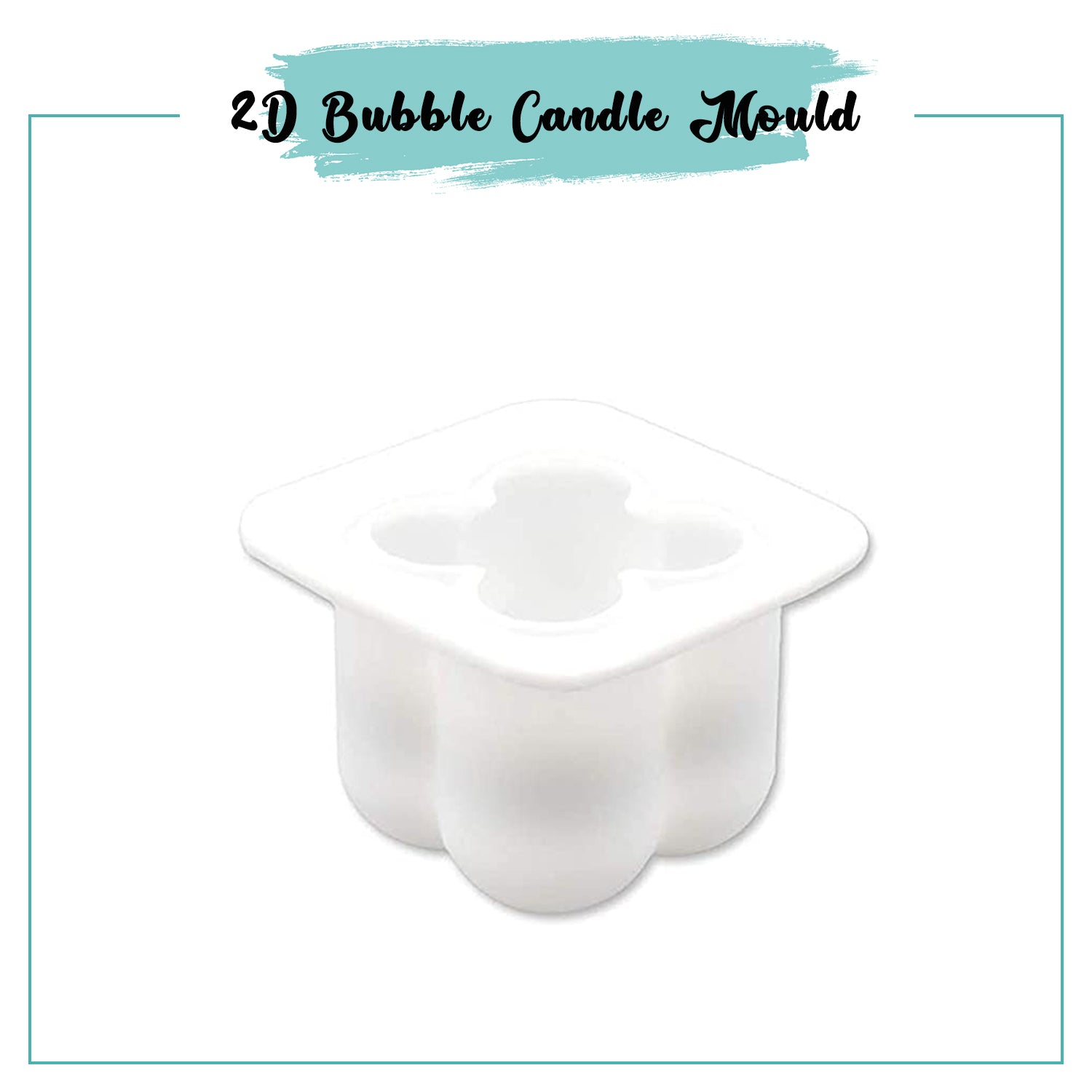


 Sign in
Sign in Register now
Register now My Reward Points
My Reward Points






